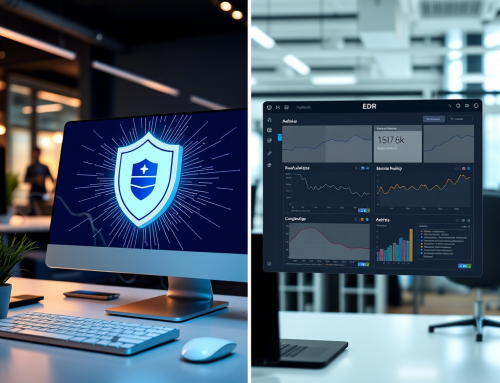Have you ever wondered how many peculiar or unexpected devices are accessible on the public internet? From unsecured cameras to exposed billboards, a surprising number of devices are left open for anyone to find—raising serious questions about cybersecurity and privacy. This guide dives deep into the oddities lurking across the web, how they’re discovered, and why cybersecurity enthusiasts should pay attention.
The Search Begins with Censys
What is Censys?
Censys is an advanced internet intelligence platform often described as “Google for the entire internet.” It allows users to scan the open web for connected devices, services, and ports. Think of it as a cybersecurity tool enabling users to gain insights into devices or services that may be inadvertently exposed online.
Using Censys, you can search for information such as:
- IP addresses
- Protocols and ports
- Device types
- Metadata of services and software
The platform is widely used for threat hunting, research, and attack surface management.
How Weird Devices Get Exposed Online
The open internet is home to numerous devices that shouldn’t be publicly accessible. These range from security cameras to industrial control systems. For example:
- Unsecured Cameras: Devices like IP cameras can be accessed without authentication due to poor configuration.
- Industrial Control Systems (ICS): Systems controlling factories or critical infrastructure occasionally show up, exposing sensitive operational data.
- Publicly Accessible Billboards: Devices like electronic billboards with remote login vulnerabilities allow you to access their settings.
The reasons devices get exposed vary, including misconfigured networks, outdated software, or default credentials being left unchanged.
Real-life Examples of Exposed Devices
Using creative search queries in Censys, cybersecurity professionals (and cyber attackers alike) can uncover an array of fascinating and sometimes alarming devices:
- Billboards: Researchers have found electronic billboards whose setups allow unauthorized users to change their displayed content.
- Traffic Cameras: Instances of public traffic or surveillance cameras left accessible without passwords have been reported, leading to potential privacy breaches.
- Building Automation Systems: Devices managing HVAC systems, lights, or elevators are occasionally accessible, potentially disrupting operations.
Each discovery highlights the importance of securing devices and minimizing exposure.
How Censys Users Discover These Devices
To uncover these devices, users rely on pre-built queries or create their own using Censys’ filters. A valuable resource for inspiration is the “Awesome Censys Queries” repository on GitHub, which includes examples for tracking:
- Modbus Protocols (Industrial devices)
- IP Cameras
- Remote Access Services like RDP or VNC
- Password-protected sites with weak credentials
These queries allow users to filter results by protocols, geolocation, device types, and even metadata associated with devices or services.
The Ethical Dilemma
Accessing publicly exposed devices brings ethical challenges. While tools like Censys are designed for legitimate cybersecurity purposes, it is important to ensure any exploration adheres to ethical guidelines. Accessing or tampering with these devices without the owner’s permission can lead to legal repercussions.
For ethical cybersecurity enthusiasts:
- Use tools such as Censys for research and educational purposes only.
- Report vulnerabilities to the device owners or responsible parties when identified.
- Avoid altering or accessing sensitive data to minimize harm.
Why Cybersecurity Professionals Should Care
Understanding the types of devices exposed online is critical for several reasons:
- Threat Awareness: Knowing what’s out there raises awareness of risks posed by unsecured devices.
- Reducing Attack Surfaces: IT professionals use tools like Censys to monitor and secure their organization’s devices.
- Strengthening Best Practices: Identifying vulnerabilities showcases the importance of applying cybersecurity best practices, such as disabling unused ports and using strong, unique credentials.
Top Tips for Securing Devices
To minimize device exposure and safeguard sensitive data:
- Update Regularly: Ensure all devices run the latest software to mitigate known vulnerabilities.
- Change Default Credentials: Replace default usernames and passwords with strong, unique combinations.
- Restrict Access: Limit which networks can access devices using firewalls or VPNs.
- Monitor Open Ports: Use tools like Censys to periodically check what devices or services are publicly accessible.
The public internet is full of fascinating but sometimes alarming surprises. With tools like Censys, cybersecurity enthusiasts have the opportunity to explore, research, and contribute to a safer digital world. However, with great power comes great responsibility—always adhere to ethical practices when using such tools.





